Unveiling the Secrets of the Saffron Plant
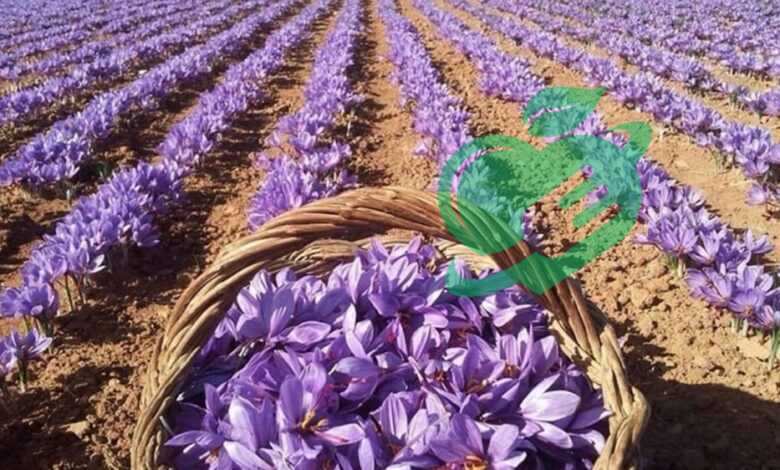
What is the Saffron plant and its Importance?
Saffron plant, often referred to as “red gold,” is a highly sought-after spice derived from the stigmas of the Crocus sativus flower, more commonly known as the saffron crocus. This vibrant, crimson spice is renowned for its unique flavor and aromatic qualities. But why is saffron so precious? Here are some reasons:
- Flavor Enhancement: Saffron adds a distinct, rich flavor to various dishes, making it a staple in cuisines around the world, from Persian to Mediterranean.
- Health Benefits: Beyond its culinary uses, saffron is celebrated for its medicinal properties, which include anti-inflammatory and antioxidant effects.
- Cultural Significance: Saffron plays a vital role in many cultural celebrations, signifying wealth and luxury.
Historical Significance of Saffron
The history of saffron is as rich as its color. This spice has been cultivated for thousands of years, tracing back to ancient Persia and India. Its vibrant history includes:
- Ancient Uses: Saffron was used not only as a spice but also in perfumes, cosmetics, and even as an early form of currency due to its high value.
- Culinary Traditions: Throughout history, saffron has graced the tables of royals and aristocrats, often used in dishes that symbolize wealth and opulence.
- Medicinal Practices: In traditional medicine, saffron has been employed to treat a variety of ailments, including digestive issues and mood disturbances.
As we explore the world of saffron further, its allure becomes even more apparent. This spice, steeped in history and culture, connects people through culinary art and traditional practices, making it an essential element of global heritage.
Read also: The Science Behind Spicy Food and Why We Love It
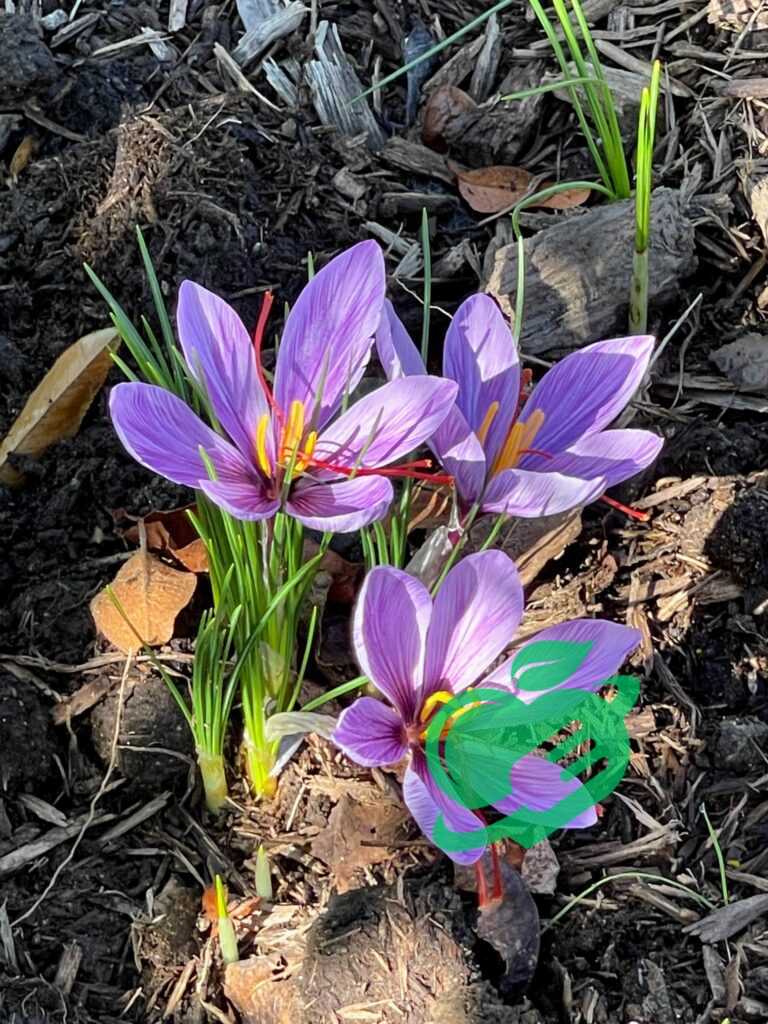
Cultivation of Saffron plant
Saffron thrives in specific climates and terrains, making the choice of location crucial for successful cultivation. Traditionally, regions with:
- Sunny Conditions: Areas that receive plenty of sunlight are ideal, as the saffron flower requires approximately 7-8 hours of sunlight each day.
- Well-Drained Soil: Saffron grows best in sandy or loamy soils that drain well to prevent bulb rot.
- Mild Winters and Hot, Dry Summers: The plant is hardy but needs a frost-free period for proper flowering.
Countries like Iran, India (especially in Kashmir), and Spain are renowned for their saffron production, with ideal conditions fostering thriving saffron farms.
Process of Planting Saffron Plant Bulbs
Planting saffron involves a meticulous process to ensure the bulbs develop properly. Here’s how it happens:
- Selecting the Right Bulbs: Healthy, disease-free bulbs are crucial. Ideally, choose bulbs that are 8-10 centimeters in size for optimal flowering.
- Soil Preparation: Before planting, the soil should be tilled and enriched with organic matter to enhance fertility.
- Planting Technique:
- Depth: Bulbs should be planted 10-15 cm deep.
- Spacing: Leave about 10-15 cm between each bulb to allow room for growth.
- Timing: The best time to plant is late summer to early autumn.
Requirements for Growing Saffron
Growing saffron isn’t just about the right geography and planting technique; certain requirements should be met:
- Watering Needs: Saffron has low water requirements, thriving with minimal irrigation. Care should be taken not to overwater.
- Fertilization: Light organic fertilization at the time of planting can enhance growth without overloading the soil.
- Pest and Disease Management: Regular monitoring for pests and diseases is essential, as saffron can be vulnerable to certain issues, especially bulb rot.
By fulfilling these conditions, one can embark on a rewarding journey of saffron cultivation, transforming land into a field of golden potential.
Read also: Dry Yogurt: Your New On-the-Go Essential

Timing of Saffron Harvest
The timing of the saffron harvest is critical, as it directly impacts the quality and yield of this luxurious spice. Generally, saffron is harvested in autumn, approximately 6-8 weeks after the bulbs bloom. Here’s what to look for:
- Flowering Indicators: The saffron crocus typically starts flowering in late September to early November, depending on the climate. Once the flowers begin to bloom, it’s time to prepare for harvesting.
- Ideal Conditions: Harvesting should be done early in the morning when the flowers are still closed. This is when the stigmas are at their highest quality, retaining maximum flavor and aroma.
Techniques for Harvesting Saffron Plant
Harvesting saffron is a labor-intensive process, requiring skilled hands and keen eyes. Here’s how it’s traditionally done:
- Hand-Picking: Each flower produces three red stigmas, which must be carefully harvested by hand to avoid damage. Wearing gloves can prevent oils from the skin from affecting the stigmas’ flavor.
- Removing Stigmas: Use tweezers or the fingers to pluck the stigmas gently from the flower. This meticulous method ensures that only the highest quality parts are collected.
- Timing of Collection: It’s essential to harvest each flower daily as it blooms; this maintains freshness and prevents any wastage.
Drying and Storing Saffron Stigmas
Once harvested, saffron stigmas must be dried properly to preserve their quality. Here’s a step-by-step guide to drying and storing saffron:
- Drying Process: Place the stigmas in a single layer on a clean, dry surface or a dehydrator at low heat (around 40°C / 104°F) for about 10-12 hours until they are completely dry. The goal is to reduce moisture without burning them.
- Storage: Once dried, transfer the saffron to an airtight container, preferably dark glass or a vacuum-sealed bag, to protect it from light and moisture. Store it away from heat sources, ideally in a cool, dry place.
By adhering to these techniques, you can ensure that your saffron retains its vibrant color and distinct flavor, ready to enhance dishes for yourself and others.
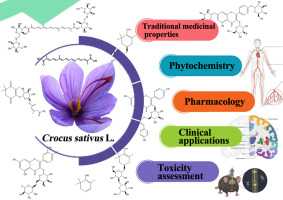
Analysis of Saffron Plant Compounds
Saffron’s vibrant color and unique flavor largely stem from its rich chemical composition. Key compounds that contribute to saffron’s characteristics include:
- Crocin: This carotenoid pigment gives saffron its brilliant color and is known for its antioxidant properties.
- Safranal: Responsible for saffron’s distinctive aroma, safranal has been studied for its potential neuroprotective and antidepressant effects.
- Picrocrocin: This compound not only imparts a bitter taste to saffron but also exhibits some therapeutic benefits, including anti-inflammatory properties.
Together, these compounds form the foundation of saffron’s appeal, making it a fascinating subject for continued research into its health advantages.
Read also: Banana Tree Benefits: Why You Should Grow One Now
Medicinal Properties of Saffron
The medicinal properties of saffron have been recognized for centuries, featuring prominently in traditional medicines. Some benefits include:
- Mood Enhancement: Numerous studies suggest that saffron may help alleviate symptoms of depression, thanks to its ability to increase serotonin levels in the brain.
- Anti-Inflammatory Effects: The compounds in saffron can help reduce inflammation, which is linked to various chronic diseases.
- Vision Health: Research indicates that saffron may improve visual function in aging individuals and could play a role in preventing age-related macular degeneration.
Moreover, many cultures use saffron in teas or supplements to harness its health benefits, turning this spice into a holistic remedy.
Culinary Uses and Benefits
Saffron’s culinary benefits are as rich as its history. It’s a staple in various cuisines, adored for its flavor and color. Here’s why it’s valued in cooking:
- Versatility: Saffron enhances a variety of dishes, from savory paellas to decadent desserts like saffron-infused rice pudding.
- Nutritive Properties: Apart from flavor, saffron is low in calories and contains essential vitamins, such as vitamin C and B vitamins, making it a healthy addition to meals.
- Eye-Catching Appeal: Perhaps one of the most practical benefits is its ability to transform ordinary dishes into visually stunning meals, captivating all who partake.
With its remarkable chemical profile, medicinal benefits, and culinary versatility, saffron is not just a spice but a treasure trove of potential that has stood the test of time.
Read also: 10 Surprising Uses of Turmeric Plant Beyond the Kitchen.
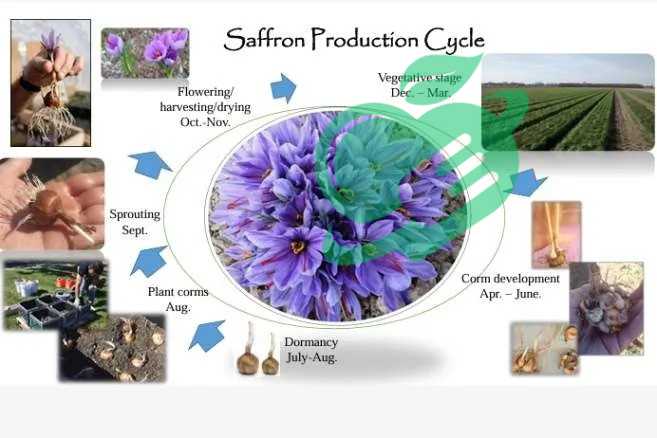
Economic Aspects of Saffron Plant Production
Global Saffron Plant Market Trends
The saffron market is a vibrant sector that has shown resilience and adaptability over the years. As the demand for natural ingredients continues to rise, saffron’s popularity remains strong worldwide. Here are a few key trends driving the market:
- Growing Consumer Awareness: With an increasing focus on health and wellness, consumers are leaning towards natural and organic products, which boosts saffron’s demand.
- Geographical Expansion: While Iran remains the powerhouse of saffron production, countries like Spain, India, and even regions in Morocco are emerging as competitive saffron producers.
- Diverse Applications: Beyond culinary uses, saffron is gaining traction in the cosmetic and pharmaceutical sectors, opening new avenues for producers.
These trends are positioning saffron as a luxury commodity with the potential for substantial economic return.
Factors Influencing Saffron Prices
Saffron is one of the most expensive spices globally, and several factors influence its pricing dynamics:
- Labor-Intensive Harvesting: The labor-intensive nature of saffron harvesting necessitates the hand-picking of delicate stigmas, which leads to higher labor costs. It can take around 150,000 flowers to produce just one kilogram of saffron.
- Market Demand: Fluctuations in global demand directly impact saffron prices. Increased interest in culinary trends or health benefits can drive prices higher.
- Weather and Crop Yields: Climate factors can significantly impact saffron production. Unpredictable weather patterns and diseases can reduce yields, leading to price surges.
- Quality of Product: The color, aroma, and flavor intensity also determine saffron quality. Superior grades fetch higher prices, creating a wide range of market options.
These economic aspects highlight the complex web of factors that govern saffron’s market dynamics, illustrating how a simple spice can impact economies and livelihoods across the globe. Understanding these nuances can help consumers and producers alike navigate the saffron market effectively.
Read also: Is the Belladonna Nightshade Plant Safe or Sinister?
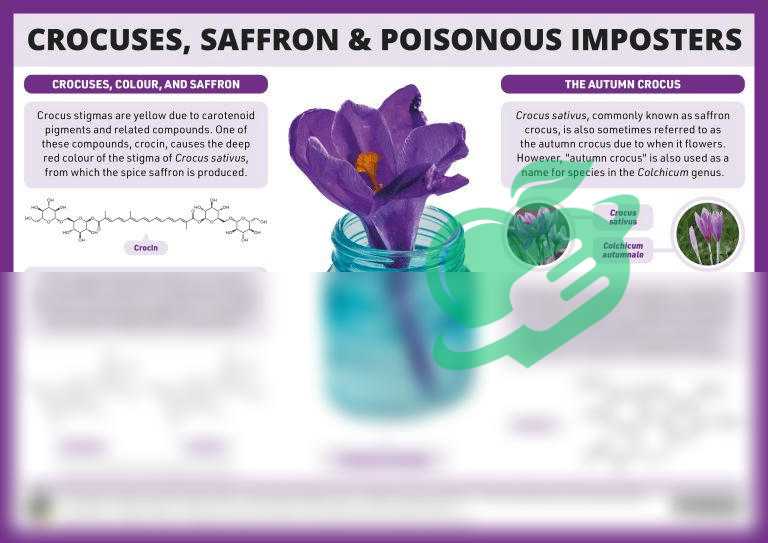
Common Saffron Plant Adulterants
As the demand for saffron continues to grow, so does the risk of adulteration. Unscrupulous sellers may cut costs by mixing pure saffron with inferior substances to boost weight and appearance. Here are some common adulterants to be aware of:
- Turmeric: Often mixed with saffron to enhance color, turmeric can easily mimic saffron’s golden hue but lacks a distinctive flavor.
- Dried Flowers: Some sellers may include petals from other flowers, such as marigolds, to increase volume, diluting the potency and flavor of the pure saffron.
- Synthetic Dyes: To replicate saffron’s vibrant color, synthetic dyes can be used, which are not only unethical but also pose health risks.
It’s essential to be vigilant when purchasing saffron, as these adulterants can severely diminish quality and flavor.
Methods for Detecting Fake Saffron
Detecting adulterated saffron might seem challenging, but several effective methods can help ensure the authenticity of this precious spice. Here are some reliable techniques:
- Color Test: Place a few strands of saffron in cold water. Pure saffron will release color gradually, turning the water a yellowish hue without any residue, while adulterated saffron may release a stronger color more quickly or leave behind a residue.
- Smell Test: Authentic saffron has a distinct, earthy aroma. If it smells overly sweet or chemical, it could be adulterated.
- Visual Inspection: Examine the saffron strands closely. Pure saffron is deep red with slightly yellow tips, whereas mixtures may show variations in color and texture.
- Paper Absorption Test: Place a few strands on a blotting paper and add water. Genuine saffron will color the paper below the strands without wetting it, while a mix will leave a wet mark.
By employing these detection methods, consumers can safeguard against fraud and ensure they are truly enjoying the rich flavors and benefits of pure saffron. Awareness and vigilance are key in a market where quality can vary widely.
Read also: Everything you care about dry skin
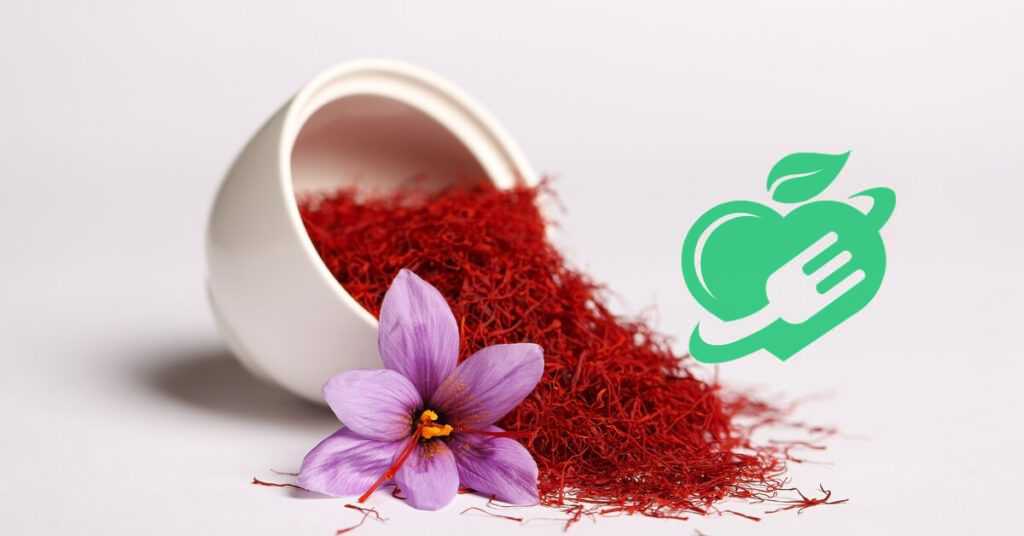
Key Takeaways from the Guide
As we conclude this exploration into the world of saffron, several key takeaways emerge that underscore its significance and complexity:
- Cultural Intrigue: Saffron’s rich history and cultural ties across various regions showcase its importance beyond culinary appeal.
- Economic Value: The economic aspects highlight saffron as a vital agricultural product, influenced by market trends and pricing dynamics.
- Health Benefits: Its medicinal properties and culinary uses underscore saffron’s multifunctionality, making it a valuable addition to diets worldwide.
Furthermore, the struggle against adulteration and the emphasis on quality control reinforces the need for informed purchasing decisions. The world of saffron is not just about the spice itself but also the stories and efforts behind its cultivation and production.
Future Prospects of Saffron Plant Research
Looking ahead, the future of saffron research is promising and necessary. Several areas are ripe for exploration:
- Agricultural Innovation: Research into better cultivation techniques could enhance yield and quality, especially in non-traditional saffron-growing regions. This would make it feasible for more farmers to enter the market.
- Health Studies: Continued investigation into saffron’s medicinal properties could lead to new applications in modern medicine, possibly resulting in breakthroughs in mental health treatments.
- Sustainability Practices: As with many crops, sustainable farming practices are crucial. Studying how to grow saffron without depleting resources would benefit both the environment and producers.
Frequently asked questions
Can I grow saffron at home?
Plant the saffron crocus in a sunny spot with well-drained or sandy soil. You can either place individual corms among low-growing groundcover, which may help hide them from squirrels and chipmunks or dedicate a separate garden bed for them. While it is feasible to grow saffron crocuses in containers, it’s not the best 1.
Why is saffron so expensive?
Because only a tiny portion of each flower is utilized, it requires 75,000 saffron flowers to produce just one pound of saffron spice. The limited amount of spice obtained from each plant, combined with the need for manual harvesting, contributes to the high cost of saffron. 2 .
Can you grow saffron in the USA?
Originally from the Asia Minor area, the majority of saffron—approximately 85 percent—is currently produced in Iran, where it is utilized in cooking, as well as for medicinal uses, dyes, and fragrances. Additionally, saffron is cultivated in the United States, particularly in Pennsylvania. 3 .
What is saffron good for?
Saffron is a vividly colored spice rich in health-boosting substances like carotenoid antioxidants. Studies indicate that saffron may have anti-inflammatory and antioxidant properties, potentially enhancing heart health, alleviating symptoms of depression and anxiety, promoting better sleep, and safeguarding eye health. 4 .
Your body is a mirror of what you eat, so make your food your source of strength and health. Choose with love and awareness what nourishes your body and soul, and be a friend of nature and its colors on your plate, because proper nutrition is the key to a life full of energy and wellness. Follow us constantly, as we strive to provide more useful articles and reliable information that make a difference in your daily life and help you achieve your health goals.
For medical matters
- big((↩))
- britannica ((↩))
- masterclass ((↩))
- health ((↩))



